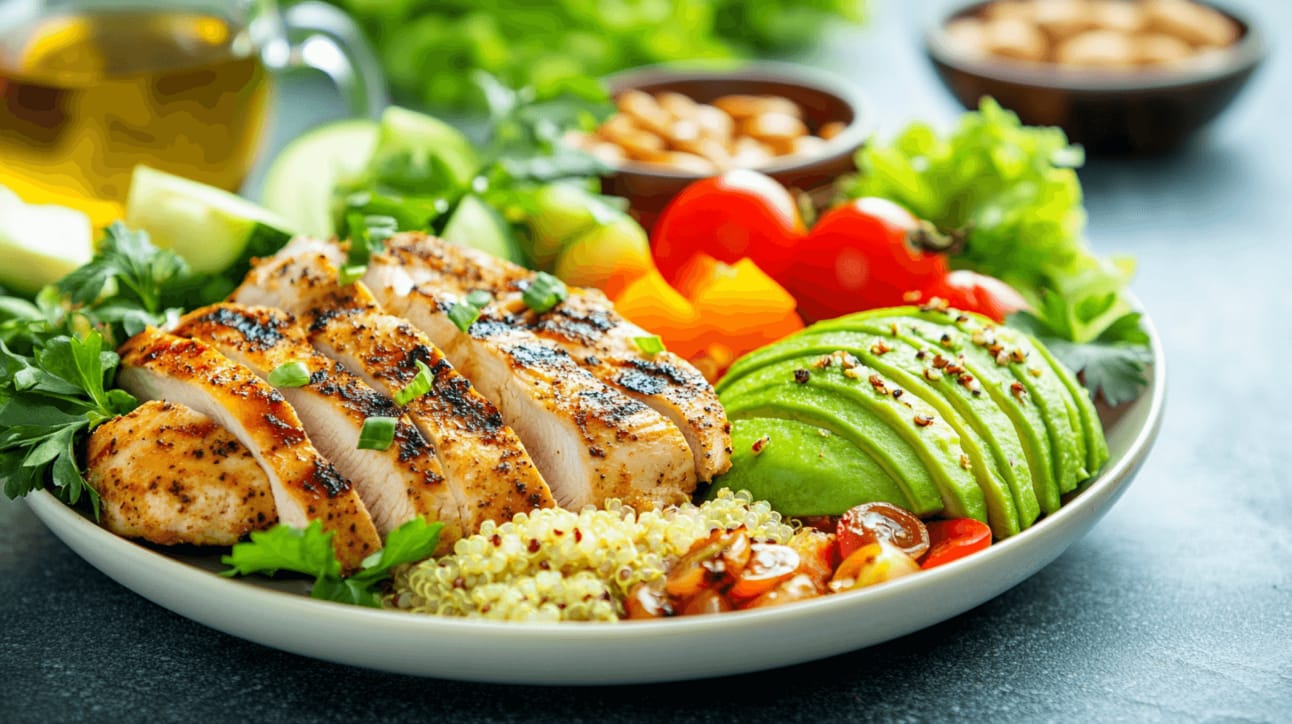- 40-something
- Posts
- What to eat after gallbladder removal
What to eat after gallbladder removal
The role of the gallbladder and how to digest fats without it.

If you've had your gallbladder removed, you may be wondering how your body will digest fats and what dietary changes you need to make. The gallbladder plays an important role in digestion, but your body can adapt. Let’s dive into how fat digestion works after gallbladder removal and learn practical tips for a diet that supports your digestive system.
How does the body digest fat without a gallbladder?
The gallbladder's main function is to store and release bile, a digestive fluid that helps break down fats. After gallbladder removal (cholecystectomy), bile is no longer stored and released in response to meals. Instead, your liver produces bile continuously, which drips directly into the small intestine. While this still allows fat digestion, it may not be as efficient, leading to digestive discomfort like bloating, diarrhoea, or indigestion if too much fat is consumed at once.
The body adapts over time in the following ways:
Continuous bile flow: Since bile isn’t stored anymore, it is available in small amounts all the time, making digestion of large or fatty meals more difficult.
Pancreatic enzymes: The pancreas produces lipase, an enzyme that helps break down fats, playing an even more crucial role post-surgery.
Increased bile production: Over time, the liver may produce more bile to compensate for the lack of a gallbladder.

Dietary guidelines after gallbladder removal
To help your digestive system function smoothly, it's important to make some dietary adjustments. Here are the key recommendations:
1. Eat smaller, more frequent meals
Large meals can overwhelm the digestive system. Eating smaller portions throughout the day can help your body process food more efficiently and prevent discomfort.
2. Reduce fat intake (especially unhealthy fats)
Since bile is no longer released in bursts, digesting high-fat foods can be more challenging. It’s best to limit:
Fried and greasy foods
Fatty cuts of meat
Butter and high-fat dairy
Processed snacks like chips and pastries
Instead, choose healthy fats in moderation:
Olive oil, avocado
Nuts and seeds (in small amounts)
Fatty fish like salmon and mackerel
3. Increase fibre gradually
Fibre helps regulate digestion, but increasing it too quickly can cause bloating or diarrhoea. Focus on:
Whole grains like brown rice, quinoa, and oats
Vegetables and fruits
Legumes like lentils and chickpeas
4. Avoid gas-producing and irritating foods
Some foods may cause bloating or digestive upset after gallbladder removal. Try limiting the following:
Cabbage, broccoli, and beans (introduce slowly)
Spicy foods
Caffeinated drinks
Carbonated beverages
5. Stay hydrated
Drinking plenty of water helps digestion and prevents constipation. Aim for at least 8 cups of water per day.
6. Watch for trigger foods
Everyone's body reacts differently to foods after gallbladder removal. Keep a food journal to track what causes discomfort, and adjust your diet accordingly.
Can supplements help?
If you continue to struggle with fat digestion, certain supplements may help:
Bile acid supplements (like ox bile) can aid fat digestion.
Digestive enzymes containing lipase can help break down fats more efficiently.
Probiotics support gut health and digestion.
Adjusting to life without a gallbladder takes time, but with the right diet, your body can still digest fats effectively. By eating smaller meals, choosing healthy fats, and avoiding irritants, you can reduce discomfort and maintain a balanced diet. If symptoms persist, consult a healthcare professional for personalised guidance.
Remember: Eat to live, don’t live to eat.
Umayya xx